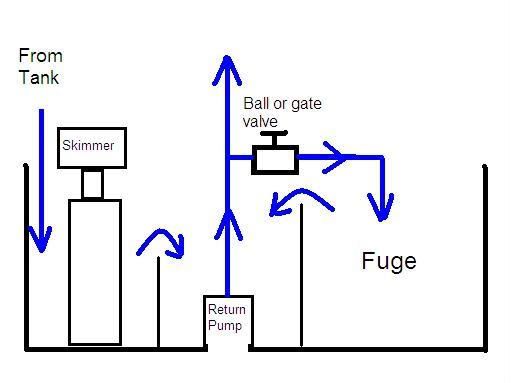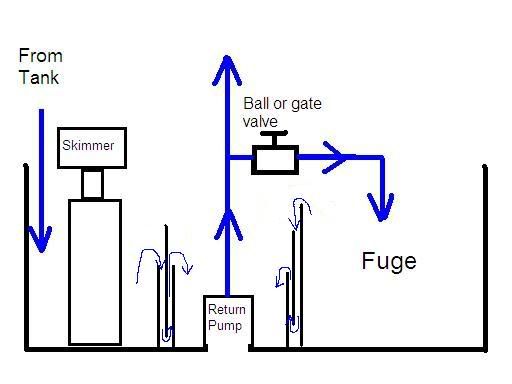BuDZnSuDS
Member
So i know how to make the sump with the acrylic and the drilling just becuase ive done a little plumbing and construction but i want to grow copal pods so i can get a mandarin. my disign for the tank is 3 section for the skimmer for the live rock and algea growth of the pods a micro bubble catcher(i hate when i see to many) and then the last chamber. Ok now the
questions:what should i put in the thrid chamber?
What do I do to get the water flowing from the tank to the sump and back to the tank?
Does anyone have a blueprint it would be much appriecated pleaseee?
30g fowlr and LS
Two Clowns, just lost my six line
questions:what should i put in the thrid chamber?
What do I do to get the water flowing from the tank to the sump and back to the tank?
Does anyone have a blueprint it would be much appriecated pleaseee?
30g fowlr and LS
Two Clowns, just lost my six line






